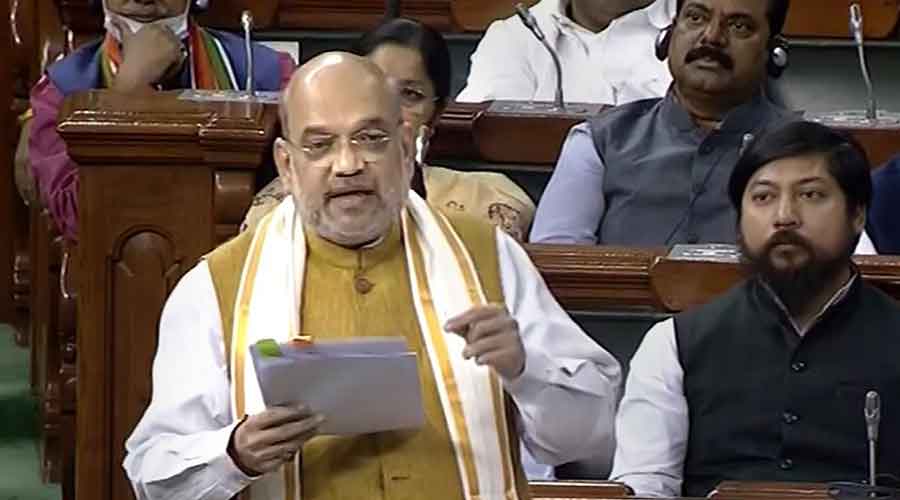
Many tongues: Editorial on Hindi as bridge language
Don't Miss
There is no reason for India to not have multiple link languages to connect better with internal migrants
The Editorial Board | TT | 14.04.22 : When Antonio Gramsci wrote that in many ways, “every speaking being has a personal language of his own”, he might have well been referring to India, a land with 19,500 mother tongues. So it is not surprising that a recent statement by the Union home minister, Amit Shah, pushing Hindi as a bridge language for Indians from different states, has sparked criticism. Language is central to identity, and nowhere more so than in South Asia, home to the world’s only nation created on linguistic lines: Bangladesh. Post-Independence, Indian states were also carved out on the basis of language, and worries about the imposition of Hindi, especially in the country’s southern states, date back several decades. Mr Shah’s comments have only revived those fears. While India has no official link language, English has in effect served that purpose. It is an official language — along with Hindi — of the Union government, and is what New Delhi uses to communicate with the rest of the world. For a government that loves to emphasize how India views the world as one family, that should matter.
But the politics of language plays out in more ways than one. A key argument often made in favour of Hindi is the numeric dominance of the language. In the 2011 census, nearly 530 million Indians are listed as having mentioned Hindi as their mother tongue, far higher than the second language in the list, Bengali, with fewer than 100 million native speakers. Yet a closer look at the more than 50 languages and dialects clubbed under ‘Hindi’ in the census reveals that in reality, the number of Indians who count Hindi as their mother tongue is 320 million. Hindi is the fastest-growing language in India, but it is worth remembering that North Indian states — where the language is mostly spoken — have higher fertility rates than the South and East. However, it is important to acknowledge that chauvinism in any form ultimately hurts the poor and the weak the most, including, for instance, Hindi-speaking migrant workers in Maharashtra who are often targeted by local sectarian groups. As with mother tongues, there is no reason for India to not have multiple link languages to connect better with internal migrants. If Kerala-based Malayalis were to pick up some Bengali to speak to migrants who serve their economy and Bangalore’s Kannadigas were to embrace Tamil, it would build national unity more than any diktat from New Delhi.



0 Response to " Many tongues: Editorial on Hindi as bridge language"
Post a Comment
Disclaimer Note:
The views expressed in the articles published here are solely those of the author and do not necessarily reflect the official policy, position, or perspective of Kalimpong News or KalimNews. Kalimpong News and KalimNews disclaim all liability for the published or posted articles, news, and information and assume no responsibility for the accuracy or validity of the content.
Kalimpong News is a non-profit online news platform managed by KalimNews and operated under the Kalimpong Press Club.
Comment Policy:
We encourage respectful and constructive discussions. Please ensure decency while commenting and register with your email ID to participate.
Note: only a member of this blog may post a comment.